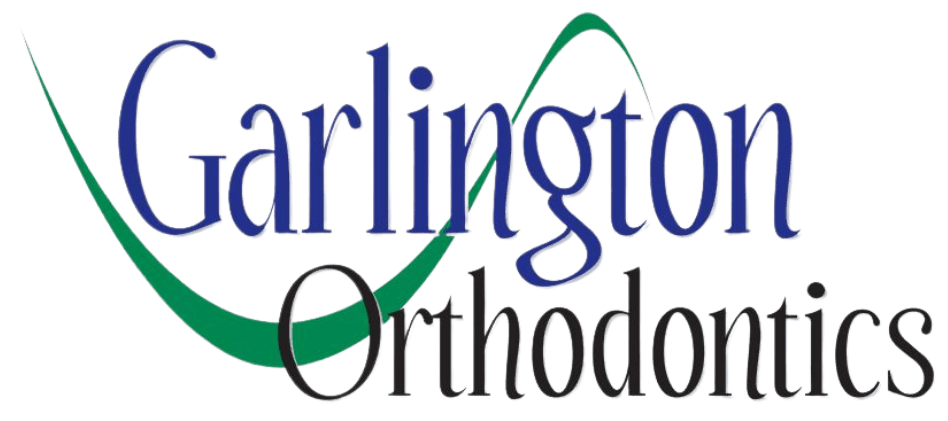Orthodontic care is often associated with teenagers sporting braces. However children can, and sometimes should, receive early orthodontic treatment at a much younger age. Known as interceptive or early orthodontics, this proactive approach addresses developing dental issues before they become more complicated. Timely intervention could improve long-term oral health outcomes.

Understanding Early Orthodontics
Early orthodontic treatment typically begins around the ages of 6 to 10, while a child still has a mix of baby teeth and permanent teeth. At this stage, an orthodontist can detect issues related to jaw growth, tooth eruption patterns, crowding, spacing, and bite alignment. By identifying these problems early, treatment can guide proper development and potentially reduce or even eliminate the need for more invasive procedures later on.
The American Association of Orthodontists (AAO) recommends that children have their first orthodontic evaluation by age 7. This doesn’t mean every child will need braces or appliances right away. However, it allows an orthodontist to monitor growth and intervene at the optimal time if necessary.
Why Start Treatment Early?
The main benefit of early orthodontic intervention is that a child’s jaw and facial bones are still growing. This flexibility allows orthodontists to guide the growth process more effectively. Issues like crossbites, severe crowding, underbites, or habits such as thumb sucking can have a significant impact on how a child’s teeth and jaws develop. If left untreated, these problems can worsen over time, leading to more complex and expensive treatments in the future.
Early treatment can also help create space in the mouth for incoming permanent teeth. For example, if a child’s mouth is too small to accommodate all their teeth, early orthodontic treatment can use devices to widen the jaw or help direct teeth into better positions. This proactive strategy reduces the chances of extractions or lengthy orthodontic work during the teenage years.
Types of Early Orthodontic Treatment
Depending on a child’s needs, early treatment might involve a variety of techniques and appliances. Space maintainers can hold the place of a prematurely lost baby tooth, allowing permanent teeth to erupt properly. Palatal expanders can widen the upper jaw to correct crossbites and create space for crowded teeth. Partial braces, retainers, or other removable devices may also be used to address specific alignment concerns.
Every child’s case is unique. Your orthodontist will develop a personalized plan based on their individual development and dental structure. It’s important to note that early treatment doesn’t always eliminate the need for braces later on. However, it often shortens the duration or complexity of future orthodontic care.
Signs That Early Evaluation May Be Needed
While only a professional can determine whether early orthodontic treatment is necessary, certain signs can prompt parents to schedule an evaluation. Difficulty chewing or biting, early or late loss of baby teeth, crowded or misplaced teeth, mouth breathing, speech difficulties, or jaw shifting and clicking are potential red flags. If a child is self-conscious about their smile or teeth alignment, it’s also a good reason to consult an orthodontist. Even if none of these signs are present, a checkup by age 7 helps ensure any silent issues are caught early. Some problems may not be noticeable to parents or even general dentists, but orthodontists are trained to detect subtle developmental concerns.
Early Orthodontic Treatment in Long Beach, CA
At Garlington Orthodontics, we believe in early intervention to help prevent worsening conditions. While children may not be eligible for braces or clear aligners, there is still orthodontic treatment available. Contact our office to schedule a consultation and see if your child could benefit from early treatment.
